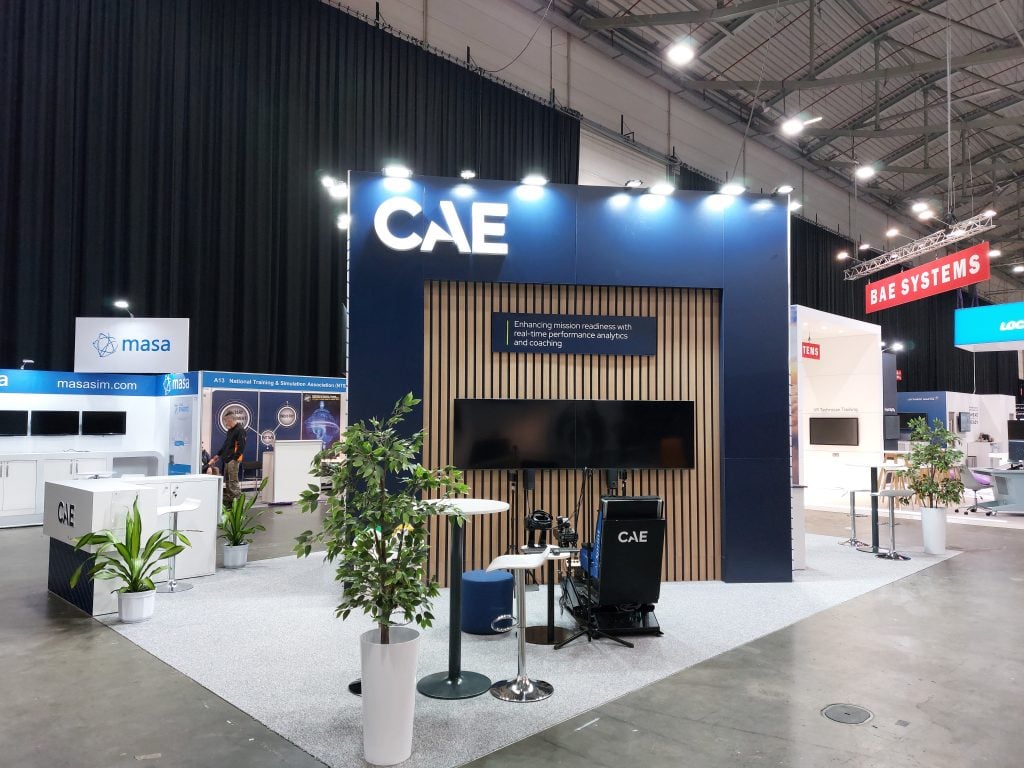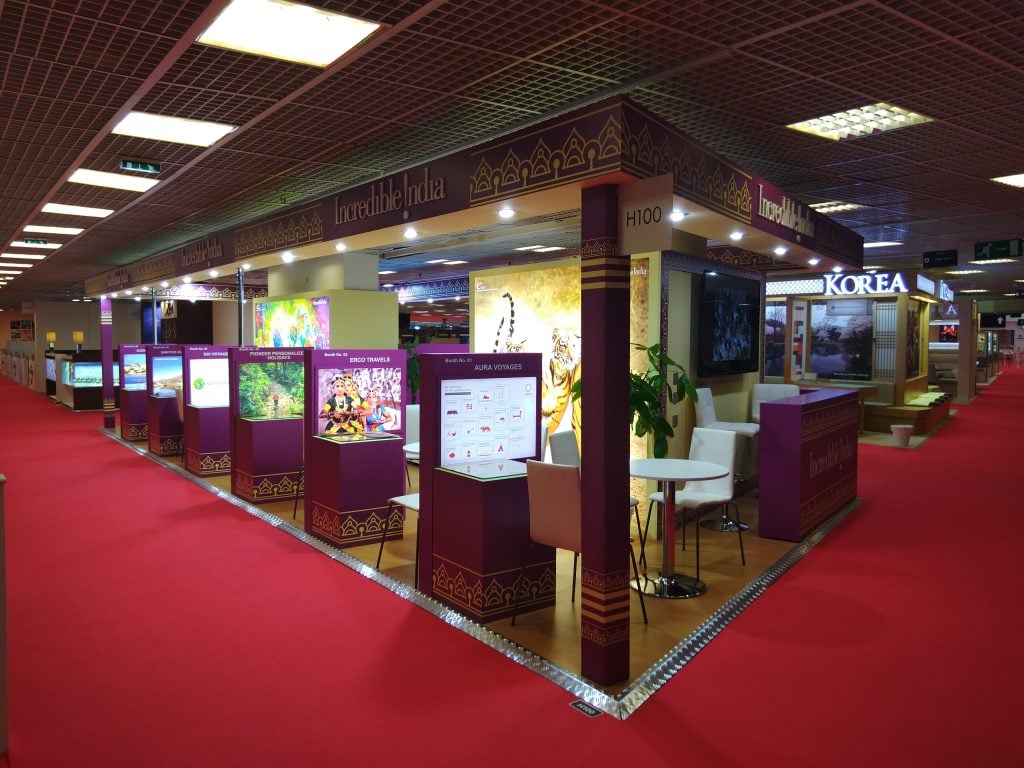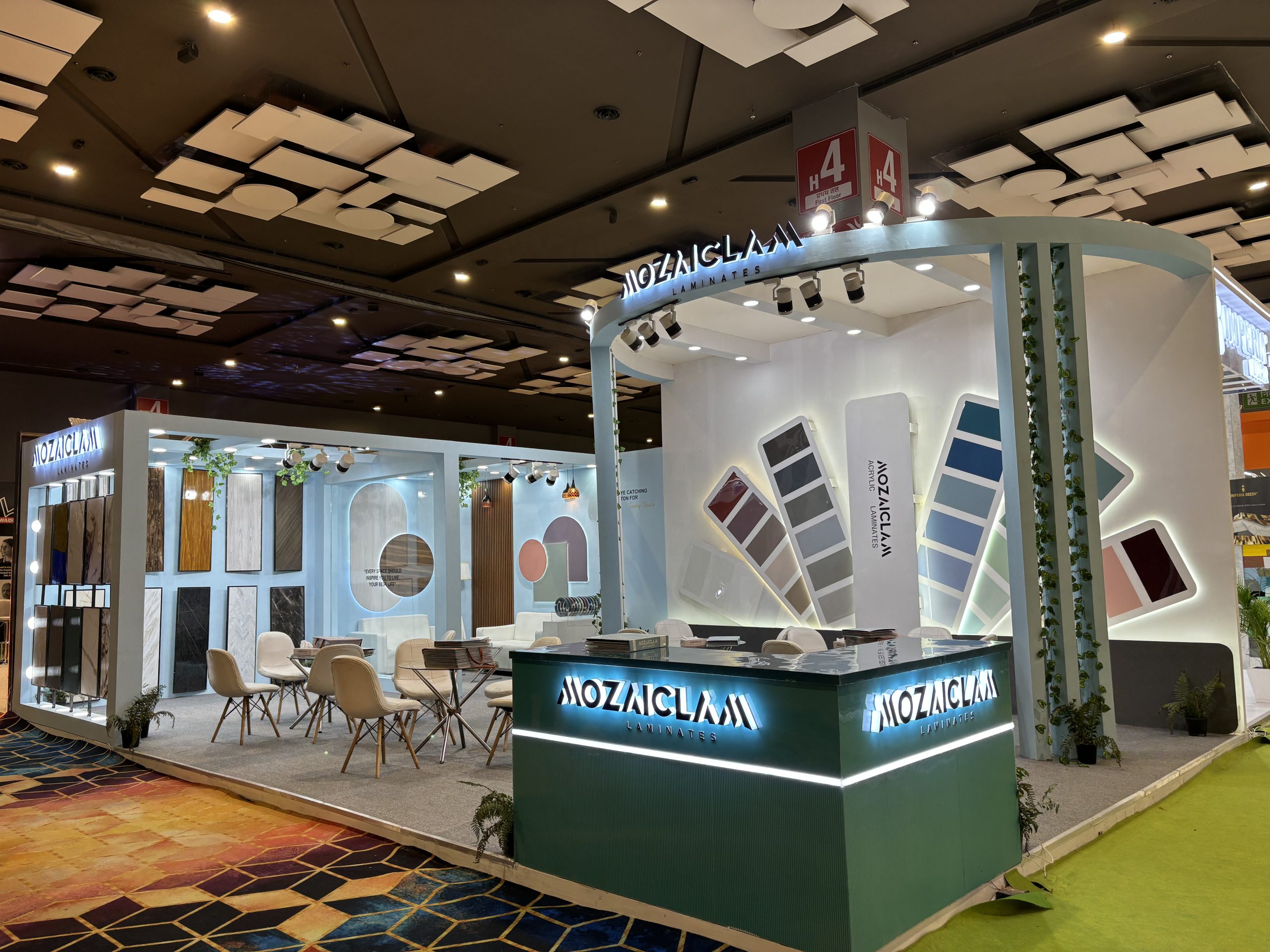
Introduction:
In the dynamic world of trade shows and exhibitions, one size does not fit all when it comes to booth design. Understanding the diverse demographics of attendees is essential for crafting booth experiences that resonate with specific target audiences.
In this exploration, we delve into the art and science of designing booths tailored to different demographics, uncovering strategies to maximize engagement, drive conversions, and achieve success.
Identifying Target Demographics:
- The first step in designing effective booths is identifying target demographics. This involves analyzing attendee profiles, demographics, interests, and purchasing behaviors to gain insights into their preferences and motivations.
- Demographic segmentation enables exhibitors to tailor booth design, messaging, and experiences to specific audience segments, ensuring relevance and resonance.
Creating Personal Profiles:
- Creating personal profiles is a valuable exercise in understanding the needs, preferences, and pain points of target demographics. Personas represent fictional characters that embody key attributes of the target audience, helping exhibitors empathize with their perspectives and tailor booth experiences accordingly.
- Persona profiles encompass demographic information, psychographic characteristics, and behavioral traits, providing a holistic understanding of the audience.
Adapting Visual and Aesthetic Elements:
- Visual and aesthetic elements play a crucial role in capturing the attention and interest of different demographics. Design choices such as colors, fonts, imagery, and branding should align with the preferences and sensibilities of the target audience.
- For example, vibrant and dynamic designs may appeal to younger demographics, while more sophisticated and minimalist aesthetics may resonate with older or professional audiences.
Customizing Messaging and Content:
- Messaging and content should be tailored to resonate with the values, aspirations, and pain points of different demographics. Language, tone, and communication style should be adapted to match the preferences and communication preferences of the target audience.
- Content formats such as videos, testimonials, case studies, and interactive presentations can be customized to address specific interests and informational needs of different demographic segments.
Offering Personalized Experiences:
- Personalization is key to creating meaningful booth experiences that resonate with attendees on an individual level. Interactive elements, product demonstrations, and personalized consultations enable exhibitors to engage with attendees in a personalized and relevant manner.
- Leveraging technologies such as RFID badges, mobile apps, and augmented reality can facilitate personalized experiences tailored to the preferences and interests of each attendee.
Measuring and Iterating:
- Measuring the effectiveness of booth designs for different demographics is essential for continuous improvement and optimization. Key performance indicators (KPIs) such as booth traffic, engagement metrics, lead generation, and conversion rates should be tracked and analyzed.
- Feedback from attendees, surveys, and postevent evaluations provide valuable insights into the success of booth designs and opportunities for refinement and iteration.
Conclusion:
In conclusion, designing booths for different demographics requires a strategic approach that combines data driven insights, creativity, and empathy. By understanding the unique needs, preferences, and behaviors of target audiences, exhibitors can create booth experiences that resonate, engage, and ultimately drive success. As trade shows continue to evolve, the ability to tailor booth designs for diverse demographics will be essential for achieving competitive advantage and maximizing return on investment.


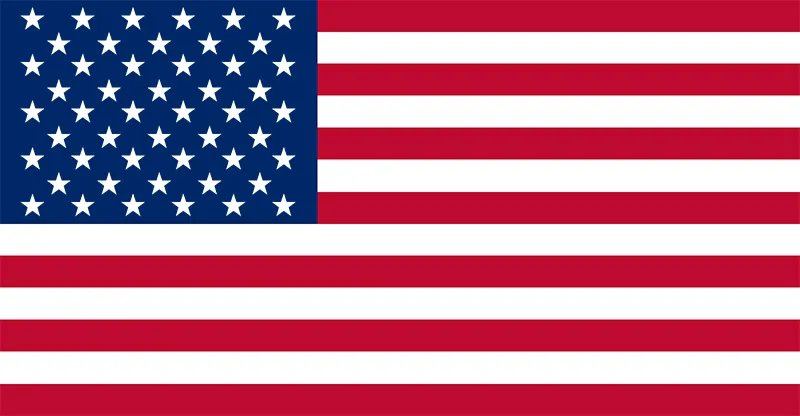 US
US
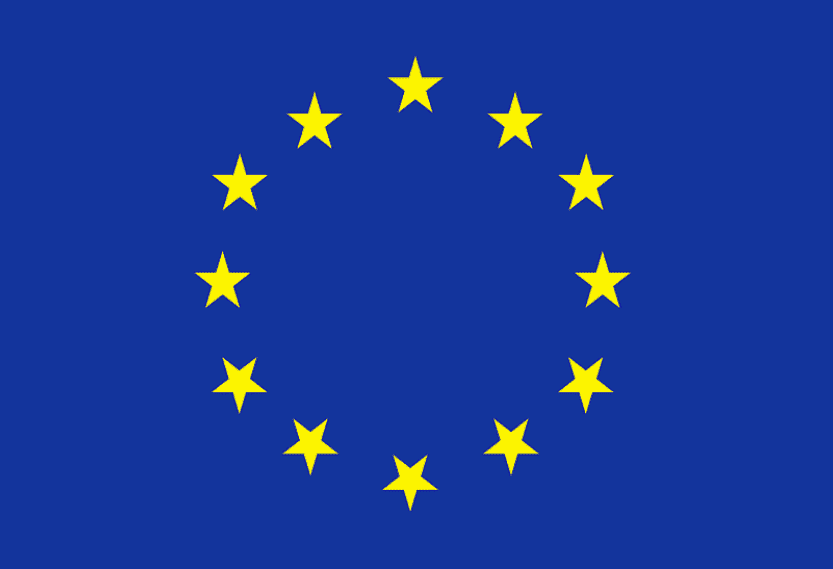 EU
EU
